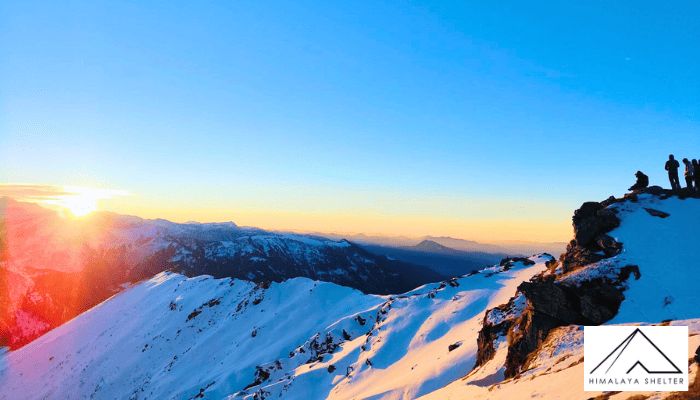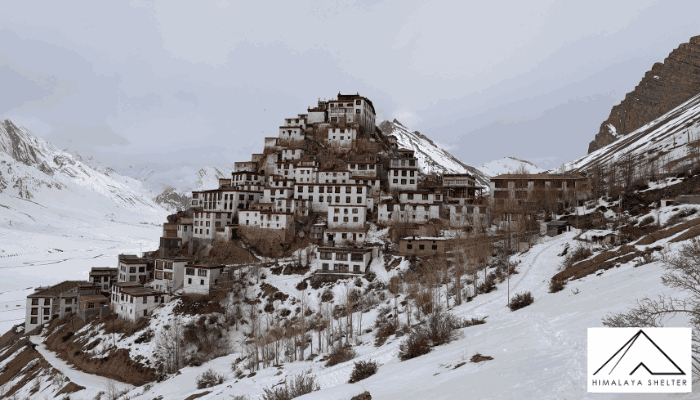
Best Time to Visit Spiti Valley : Season-by-Season Guide for Travellers
Introduction
The rugged, remote beauty of Spiti Valley in Himachal Pradesh makes it a one of a kind destination for travellers. Situated high in the Trans-Himalayas, Spiti Valley, often called “The Middle Land” between India and Tibet..feels like a world untouched by time.
At an average height of nearly 13,000 feet, this cold desert valley in Himachal Pradesh is all about endless skies, brown mountains and ancient monasteries with stories of Buddhism.
Spiti isn’t just a place you visit,it is a place that changes the pace of your heart.
But before you pack your bags and are lost in the imagination of Spiti's beauty let us tell you timing is everything here. Whether it's sunny drives, snow adventures or enjoying local festivals you need to plan it all. In this article, we will explore when to go, what to expect, and how to make the most of your Himalayan journey with Himalaya Shelter.
Why Timing Matters for Spiti Valley?
When we say timings matter,there's a reason behind it.
Because Spiti is located high up (altitude often over 3,000 metres), weather changes are dramatic and road links open/close based on snow, pass conditions and landslides.
For example:
- Some routes into Spiti (via the Kunzum Pass) only open in early summer.
- Winter months bring heavy snow, making many villages, roads and guest houses inaccessible.
- Monsoon / shoulder-months bring unpredictable landslides or water crossings.
Timing affects not just weather but cost, experiences, road safety, cultural festivals and the opportunity to explore remote villages. So, picking the right window can mean the difference to your trip.
Spiti Valley Weather: Season by Season Breakdown
Below is a high-level breakdown of how the weather, accessibility and conditions vary across the year in Spiti
Let's take a look at it
|
Season |
Typical Months |
Weather/Temperature |
Accessibility |
|
Summer |
May to July |
Day temps maybe 10-20 °C, nights much colder. |
Roads via Manali and Shimla usually open. |
|
Monsoon |
August to September |
Mixed: better than winter but some rain/landsides. |
Risk of water crossings, landslides. |
|
Autumn |
October |
Crisp, clear skies, moderate cold at night. |
Many roads still open; fewer crowds. |
|
Winter |
November to April |
Extreme cold (-5 °C to -20 °C+ in nights) |
Many passes closed; services minimal. |
Approximate and vary significantly by altitude.
Best Time to Visit Spiti Valley in Summer (May to July)
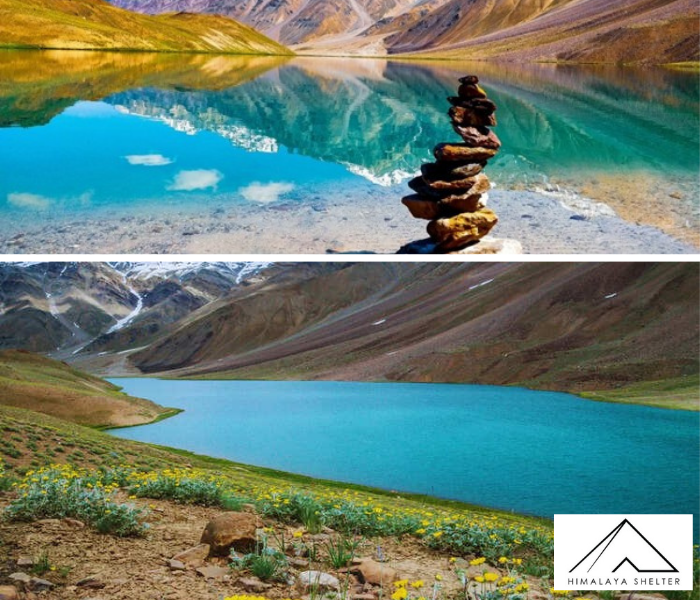
Spiti Valley in Summer (May to July)
This is often considered the best time to visit Spiti Valley for most travellers. From late May through July:
- The roads from Shimla/Kinnaur and often from Manali to Kaza are accessible.
- Landscapes shift from stark desert to green-tinged with snow-melt streams.
- Daytime temperatures are comfortable for sightseeing, trekking and camping.
- All local services, homestays, tour operators are fully up and running.
Tips for Summer Travel:
- Book early, especially accommodation in Kaza or Langza villages.
- Leave early in the day for road travel (to avoid hazards from snow-melt water crossings).
- Pack layers: though days are warm, nights will still be cold.
- Don’t assume “summer” means warm,Spiti stays chilly given high altitude.
Best Time to Visit Spiti Valley in Monsoon Season (August to September)
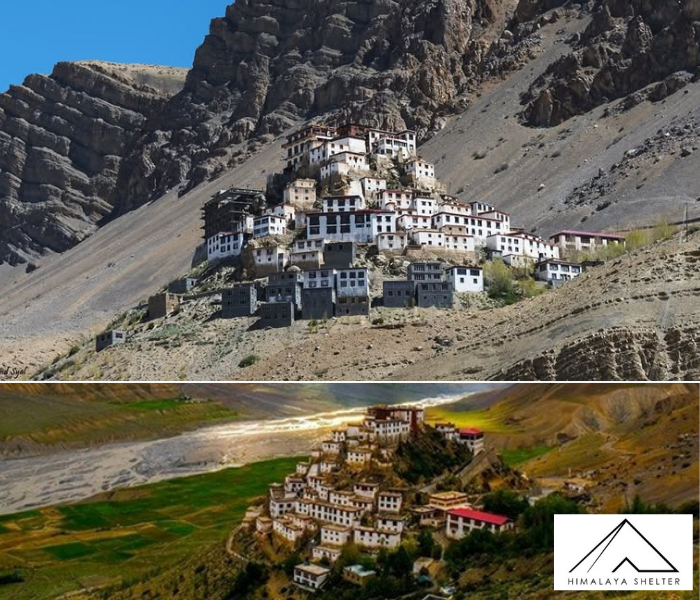
Spiti Valley in Monsoon Season (August to September)
This is sometimes a “shoulder season” for Spiti, not quite peak summer but before full winter.
- Some sources say there is minimal monsoon rain in Spiti (as it lies in a rain-shadow), but nearby routes (Shimla side) may get rain and landslides.
- Crowds are slightly thinner,you may score better deals.
- Road conditions can be less predictable,water crossings, slide zones.
If you pick this season, the route via Shimla-Kinnaur is considered safer than Manali-Kaza.
Why consider it:
-
If you’re looking for slightly off-beat timing (fewer people) but still decent access.
(Caution: Monitor weather/road updates)
Best Time to Visit Spiti Valley in Autumn (October)
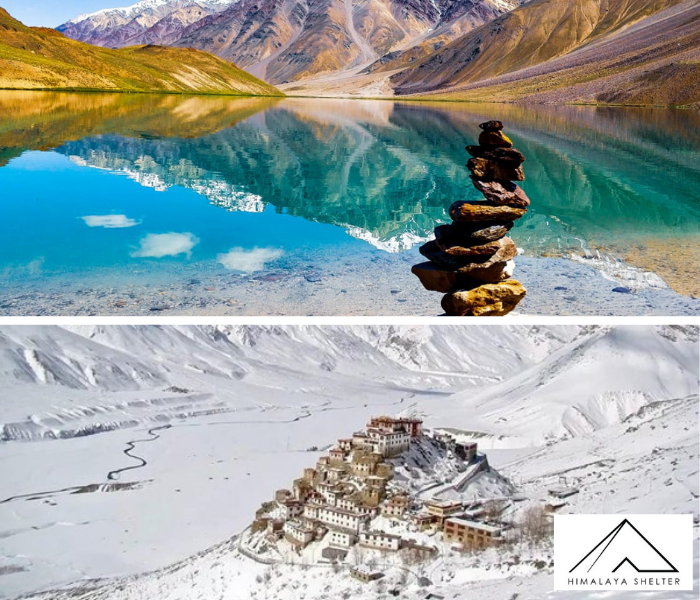
Spiti Valley in Autumn (October)
October is a magical month, clear skies, bright sunlight,cold nights. It works especially well if you want a quiet experience.
- Many roads still open before heavy snow sets in.
- Colours of the terrain are more crisp, fewer tourists.
- It’s a transition into winter, so some villages begin to wind down services.
Tip: Book accommodation earlier in the month; later in October the..open for tourists window begins to shrink.
Best Time to Visit Spiti Valley in Winter (November to April)
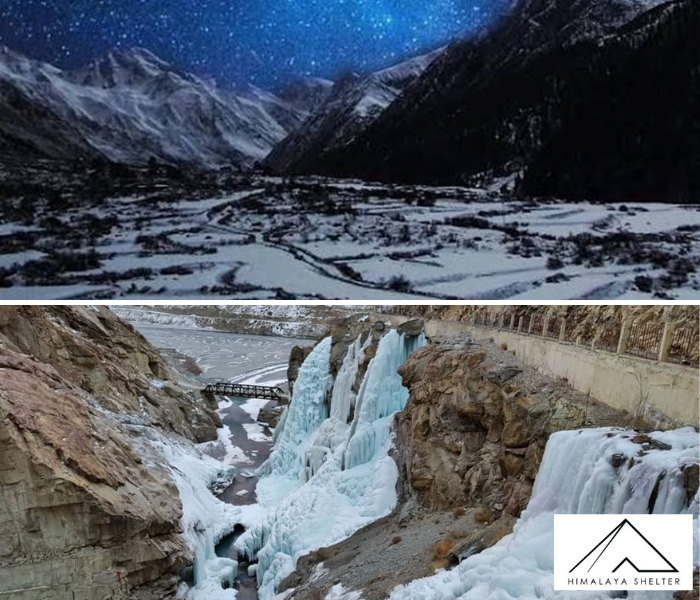
Spiti Valley in Winter (November to April)
If you’re seeking an extreme, remote, off-beat adventure, winter is for you but it’s not the “best time to visit Spiti Valley” for conventional travel.
- Temperatures can drop extremely low (often -10 °C to -20 °C at night) and day temps may still hover near freezing or below.
- Many passes and roads (especially Manali-Kaza) will be closed for months.
- Very few services/homestays open; you’ll need to plan carefully and be prepared for self-sufficiency.
Important: Unless you are well equipped, experienced in cold/high-altitude travel and flexible in plans avoid this period.
Festivals and Events
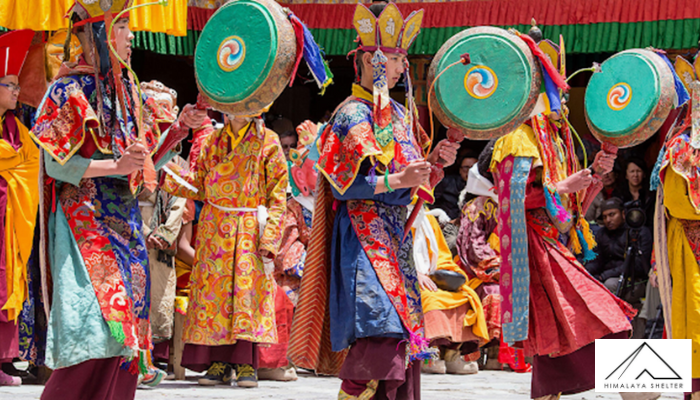
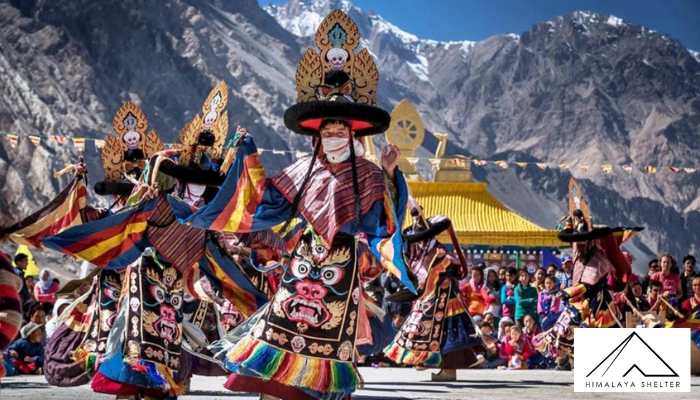
Events in Spiti valley
If you are into exploring cultural landscape,take a look at it
- The Ladarcha Fair (usually July) in Spiti brings local traders, handicrafts, music and tradition.
- Losar (Tibetan New Year) around February offers a glimpse into village life and winter celebrations but note very cold, very remote conditions.
- Monastic festivals and masked dances happen at local gompas and are more accessible when villages are active (summer/early autumn).
Adventure Activities
- Trekking & biking: Best during May-July when trails and passes are open and snow-melt is manageable.
- Road trips/adventurous drives: June to September is optimal when roads via Manali and Shimla are both active.
(Remember: Altitude and weather still demand respect. Trekking above 3,500 m always carries risk of altitude sickness, plan for acclimatisation.)
Read more: Top 14 Treks of Himachal Pradesh
Budget Considerations
If you are an Indian Budget consideration is must before any trip and hence we are here to simplify that for you
Travel costs in Spiti Valley vary greatly with the season. During the high season (June-July), when the valley is fully open and bustling, accommodation and transport prices are at their peak, so it’s wise to book early.
The shoulder or low season (September to November) offers fewer tourists, better deals, and a more peaceful experience which is ideal for budget-conscious travellers.
In winter (November to April), rates drop even further, but with many homestays closed and added expenses for heating or special gear, travel can become both challenging and unpredictable.
At Himalaya Shelter we often advise: if budget is key, go for late September/early October..good weather, better deals, less crowd.
Road Conditions and Accessibility
When you go to high altitude places it's always important to know about the road conditions and how much accessible it is
Access to Spiti Valley depends heavily on road conditions and seasonal closures. The main routes are Manali-Kaza via Kunzum Pass and Shimla-Kinnaur-Spiti, with the Manali side usually closed during winter due to heavy snow.
High passes like Kunzum (4,551 m) typically open from June to October, making this the safest time for road trips.
During the monsoon and shoulder months, landslides and water crossings can cause delays, so it’s important to follow local advice and road updates.
In winter, many roads remain blocked, requiring 4WD vehicles and special permits. Always check the latest conditions from BRO or local taxi unions before your journey.
Local Tips
- Start days early, some remote roads can get tricky by afternoon (sun-melt + water crossings).
- Carry rain gear, plan for flexibility if a section is blocked.
- Nights get very cold, check that your stay has heating or blankets.
- Bring extreme cold-weather gear during winters, carry extra fuel, cash and know your exit route. Let someone know your movement plan.
- Always carry altitude-sickness medication, water purifiers, high-energy snacks and a reliable map/GPS.
and the most important
-
Respect local culture, many villages still practice traditional life, keep noise low, ask before photography.
FAQs
Q1. When is the best month to visit Spiti Valley? The most recommended window is June to early July via Manali route or May to July via Shimla route.
Q2. Can I visit Spiti Valley during winter? Yes,but only if you’re prepared for cold, limited services, possible isolation and the risk of road closures. For most travellers, winter is not ideal.
Q3. What about monsoon travel in Spiti Valley? Some parts of Spiti see less rain (rain-shadow), but routes may be impacted. If you go in August-September expect lower crowds but be ready for possible disruptions.
Conclusion
In summary, if I were to pick one sweet spot, I’d say choose late May to July, from Himalaya Shelter’s perspective. You’ll get open roads, comfortable weather, full services and the best balance of experience.
No matter when you go, Spiti Valley leaves a mark, with the landscapes, timeless monasteries and warm-hearted locals who thrive amidst the harshest terrains.
Every season has its own rhythm here, and each journey unfolds a different story. Plan wisely, travel mindfully, and let Himalaya Shelter guide you through one of the most breathtaking corners of the Himalayas.
So ask yourself:
Do I prioritise road-access, comfort and full services? → Go summer.
Do I want quieter villages, good weather, cost savings? → Go autumn.
Do I want snow-adventure, solitude and extreme conditions? → Winter.
Pack smart, respect altitude and remote living conditions and you’ll find visiting Spiti Valley to be nothing short of transformative.
Happy travels and if you’d like a detailed itinerary, budget guide or trek-recommendation for Spiti, Himalaya Shelter is ready to help and obviously the best choice.
Read more here: Top 10 Valleys In India
About Author

Vibhuti Sanghvi
As a psychologist who finds peace in the mountains, I’ve always believed that travel teaches you more than any classroom ever could. Every trek, every conversation with locals, and every quiet evening in the hills reminds me how simple moments can hold the deepest meaning. Writing for Himalaya Shelter allows me to share these experiences honestly not just the beauty of the journey, but also the thoughts and emotions that come with it. Through my words, I hope to help readers see the Himalayas not just as a destination, but as a space to slow down, reflect, and reconnect with themselves.
Recent news
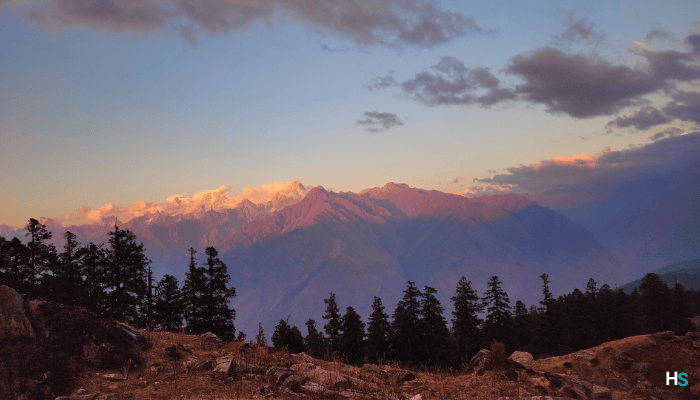
10 Dec 2025

21 Nov 2025

20 Nov 2025
Recommended Treks
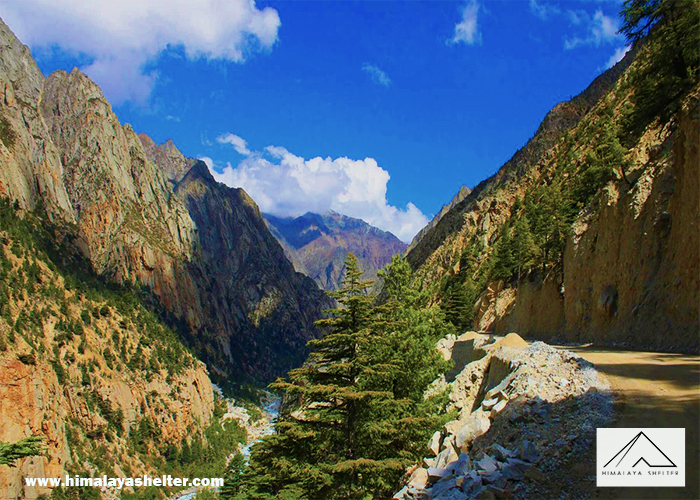
Cost: ₹16000 | $182
Type: Moderate - Difficult
Best Time: May to June, September to October
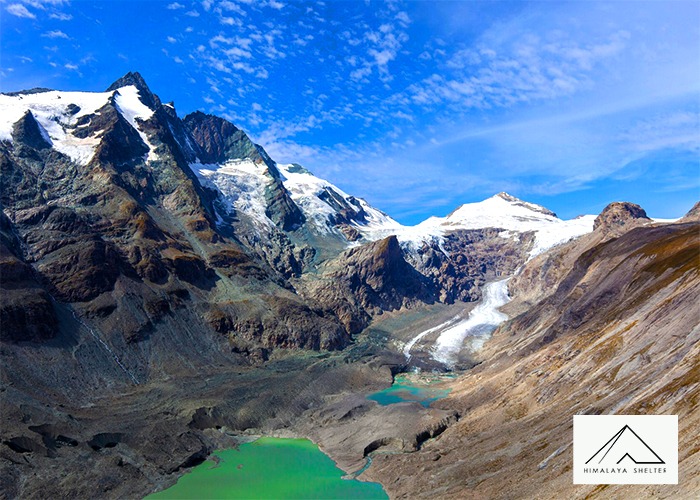
Cost: ₹68000 | $770
Type: Difficult
Best Time: April to June | September to November



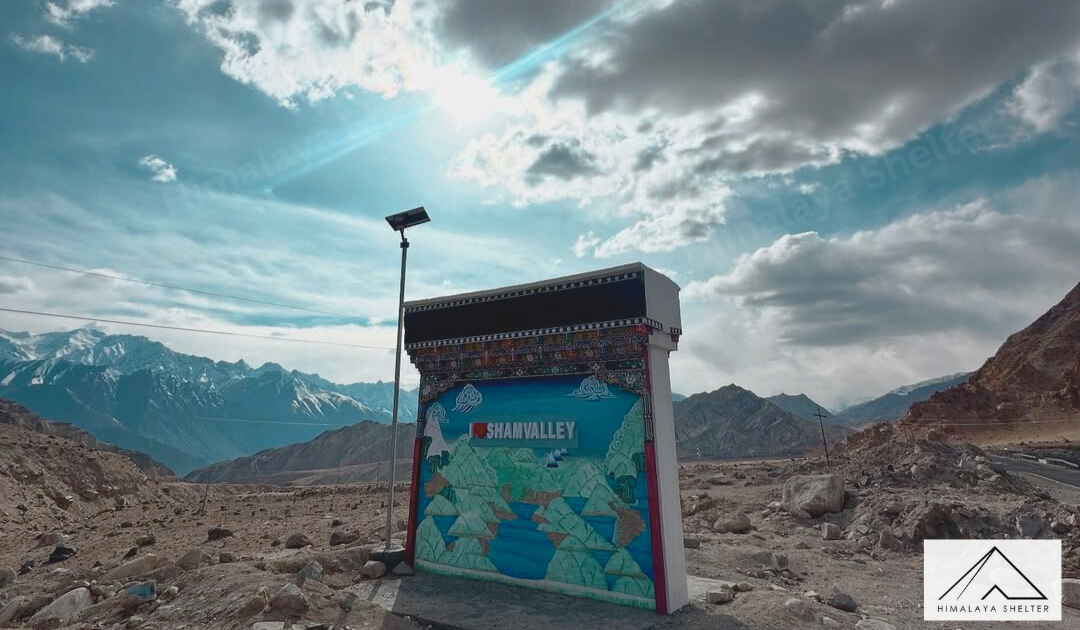

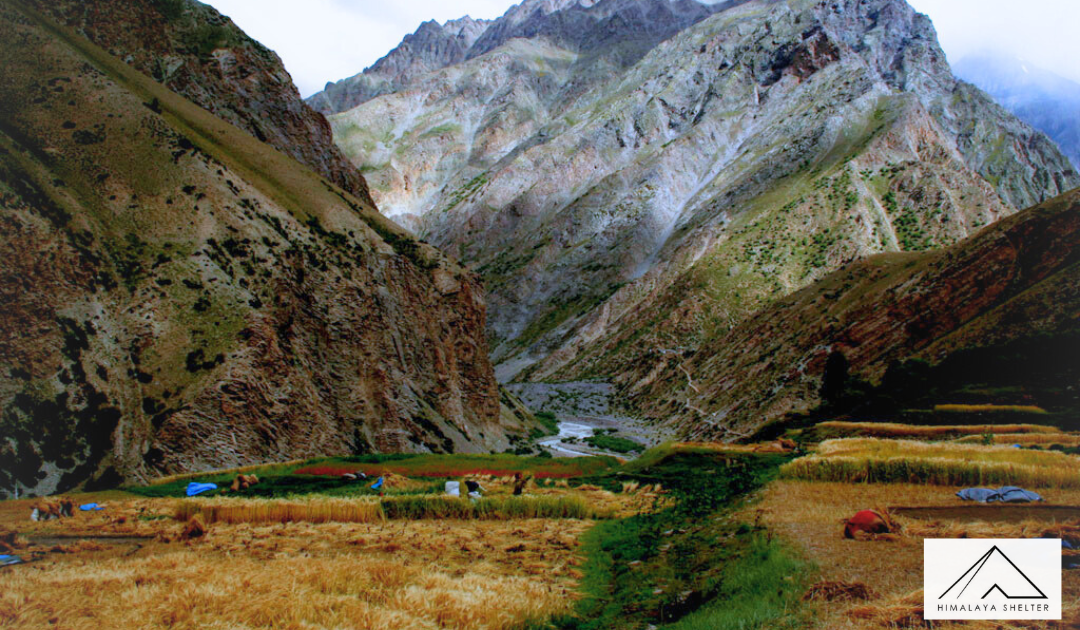

Cost: ₹48000 | $553
Type: Moderate
Best Time: April to June and September to October





